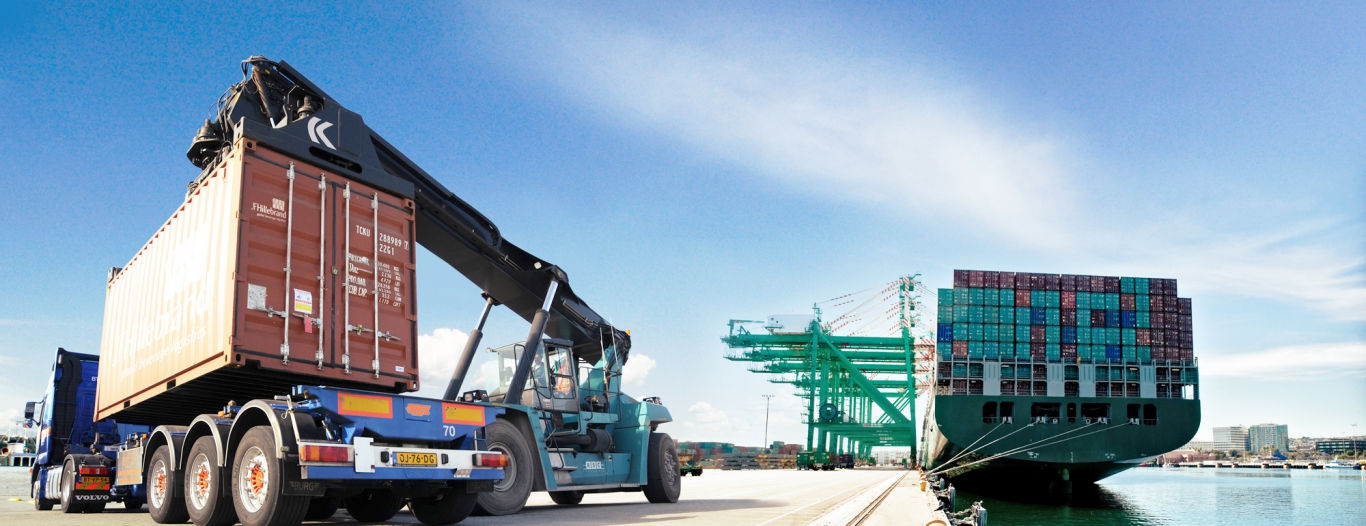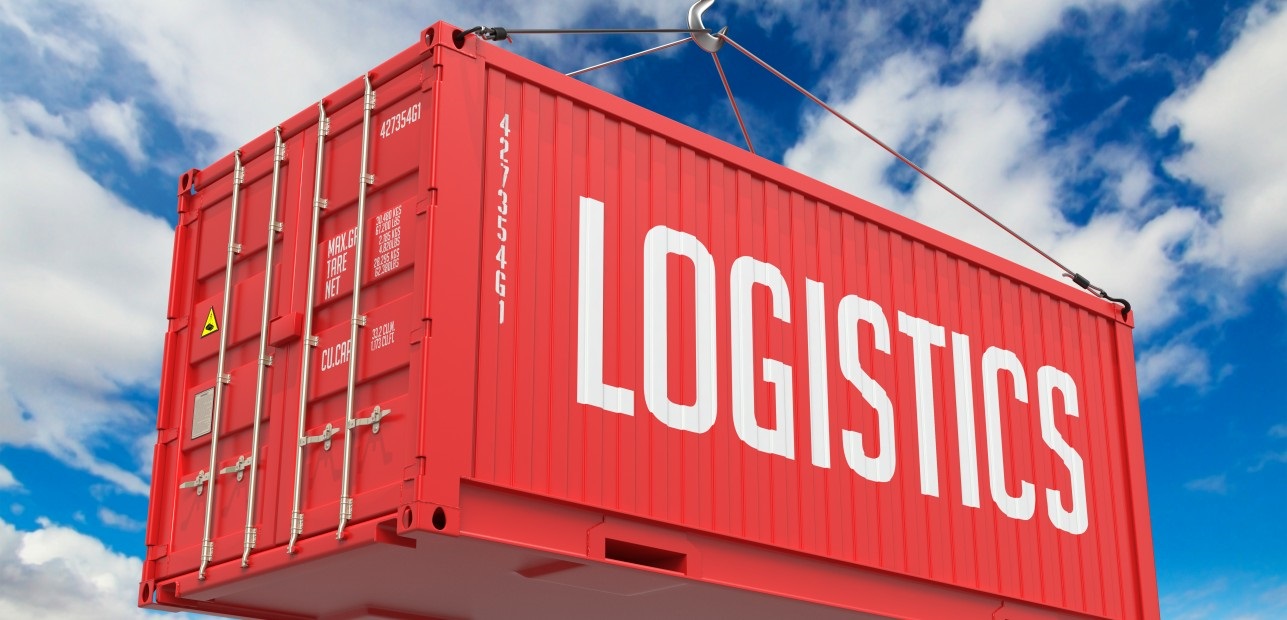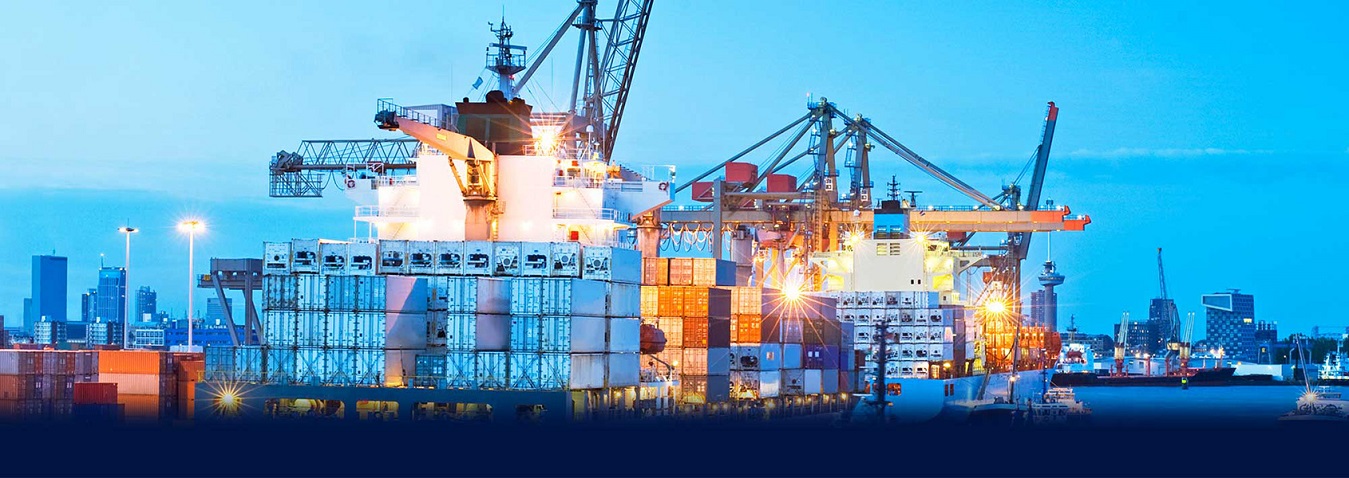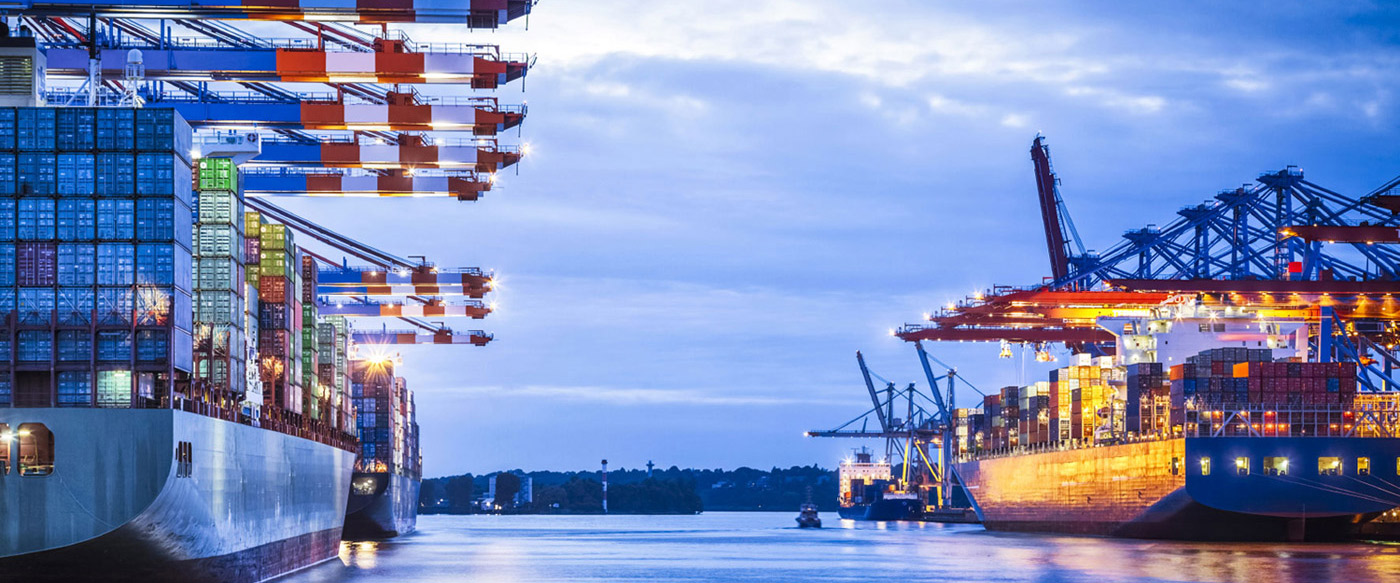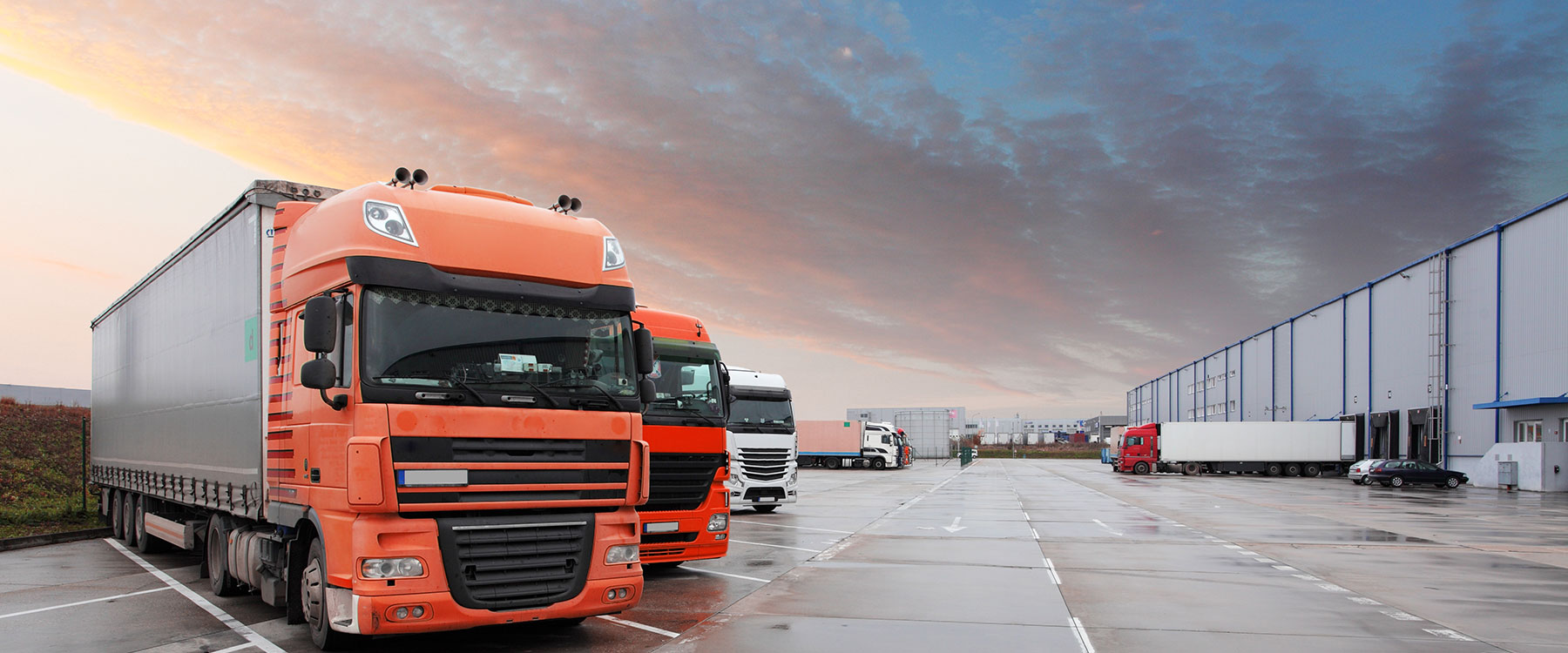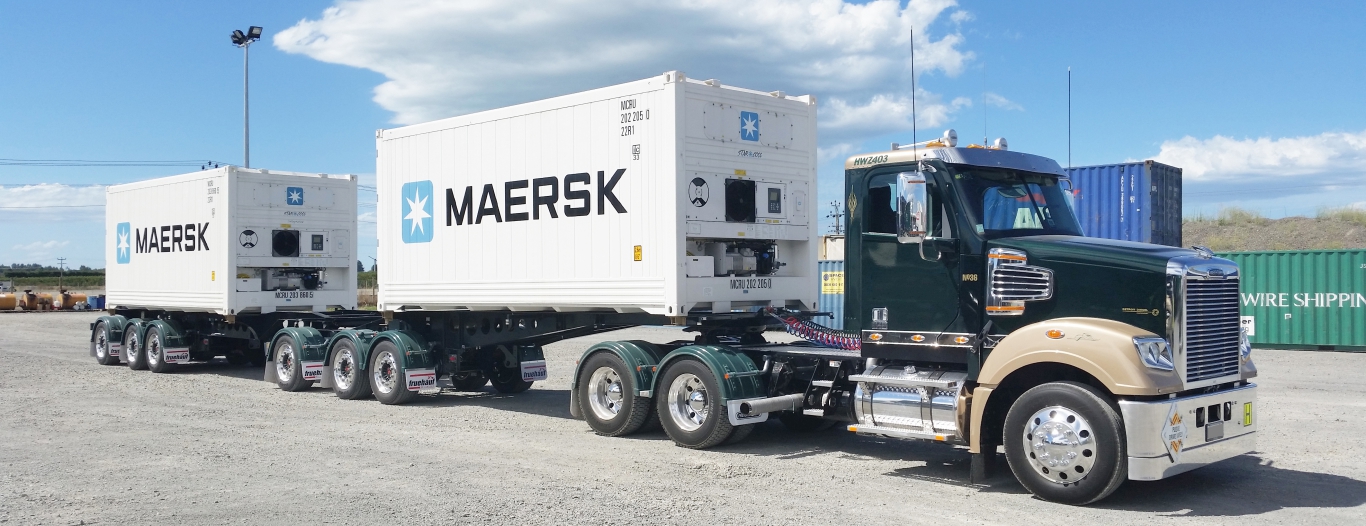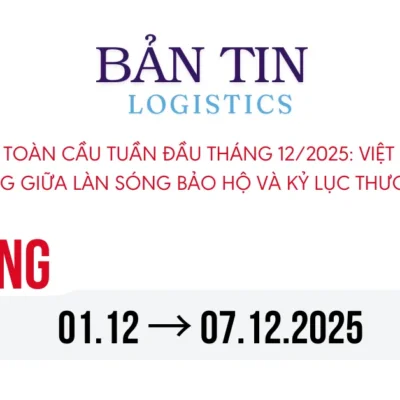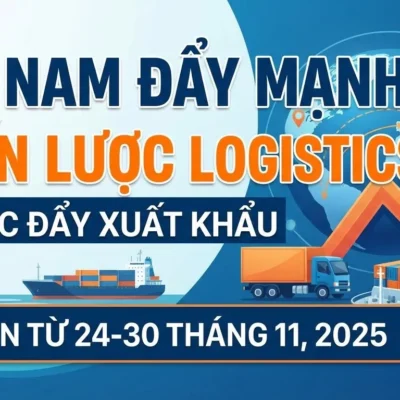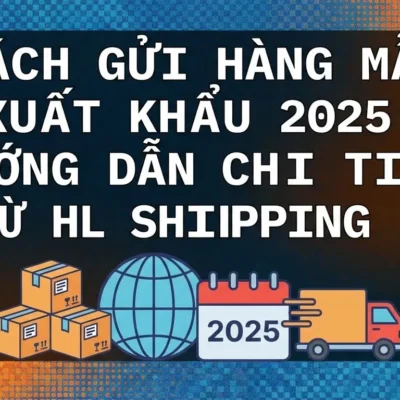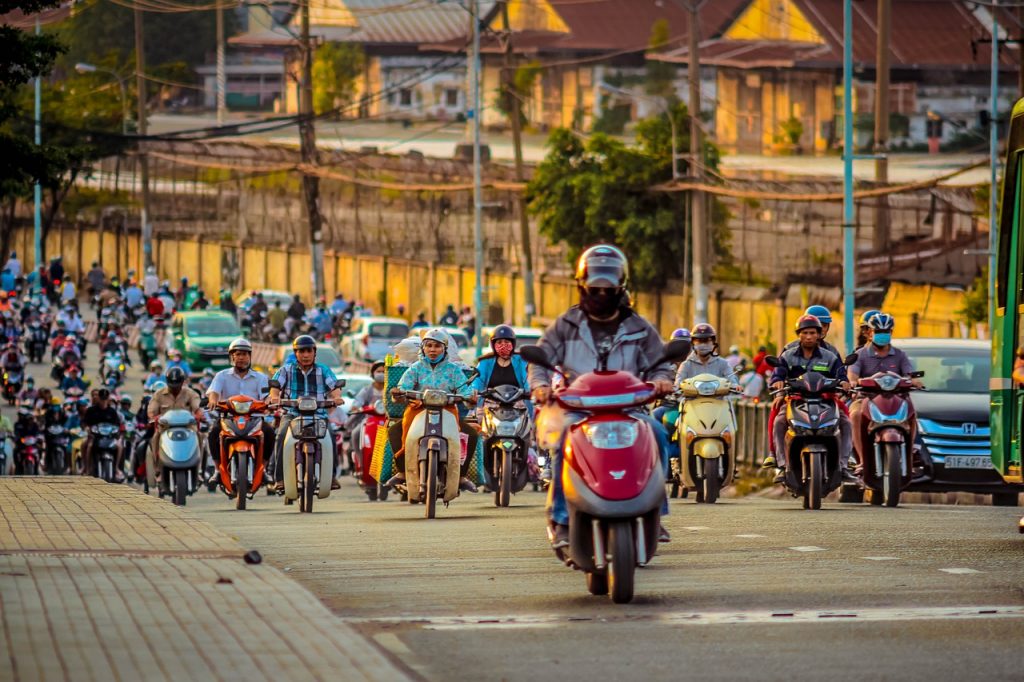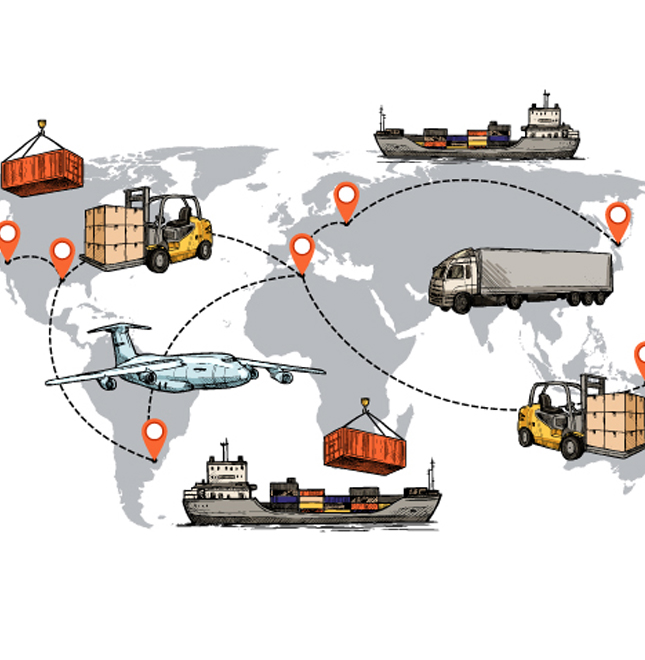Vietnam stands to benefit from MNCs’ efforts to diversify their production base beyond China. How much it will actually benefit, however, depends on how fast it can roll out measures to further improve its infrastructure and business environment.
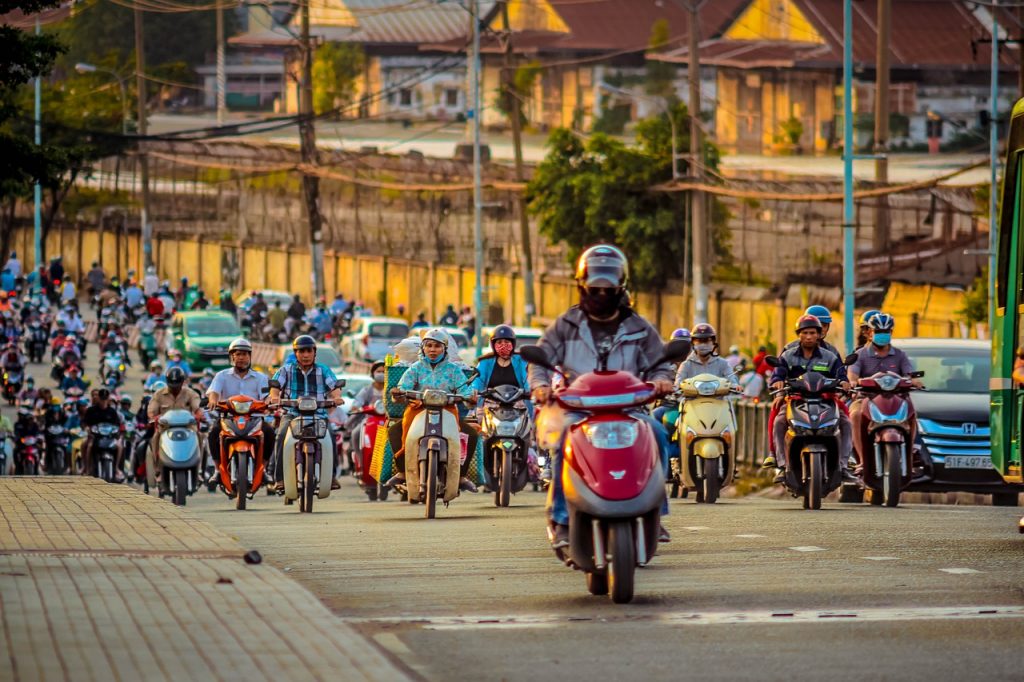

Le Hong Hiep
19 May 2020
Recent news of Apple recruiting staff for various technical and management positions in Vietnam has excited the country’s legions of Apple fans. The move is indicative of the American technology giant’s plans to shift parts of its production base from China to Vietnam. Apple is not the first to do so. Before Apple, high-tech multinational corporations (MNCs) such as Microsoft, Google, Samsung, LG, Nintendo and Kyocera have also announced plans to start or expand their investments in Vietnam. This is clear evidence that Vietnam is benefiting from MNCs’ efforts to diversify their manufacturing bases away from China to deal with the festering Sino-American trade war and the disruptions caused by the recent outbreak of Covid-19 in China.
Since opening up its economy in the late 1980s, Vietnam has laid a strong emphasis on attracting foreign direct investment. So far, this strategy has proven successful. According to the Ministry of Planning and Investment, foreign investors had invested in 30,827 projects in Vietnam with the accumulative registered capital of US$362.6 billion by the end of 2019. The disbursement rate stood at 58.4 per cent. The steady inflow of foreign investment has contributed significantly to Vietnam’s strong economic growth and its export expansion over the past three decades. In 2019, for example, non-oil exports of foreign-invested businesses reached US$179.33 billion, accounting for 68.1 per cent of Vietnam’s total export turnover.
The new wave of foreign investors seeking to enter Vietnam is partly due to the comparative advantages that have long made Vietnam an attractive investment destination. The Sino-US trade war is also playing an important part in MNCs’ calculations as they seek to circumvent US trade barriers against China’s exports. More recently, vulnerabilities in China-centred supply chains exposed by Covid-19 has further incentivised them to diversify their production base to reduce future risks. Vietnam, as an immediate neighbour of China with an established track record of serving foreign investors, has emerged as one of their favourite destinations.
The question is therefore not whether but how much Vietnam will benefit from this trend. Encouraged by their home governments, some major companies of America and Japan may move their facilities back home. Vietnam will also face fierce competition from other countries such as Mexico, India, and other Southeast Asian peers. However, given its comparative advantages, a significant number of MNCs may still want to choose Vietnam. The pressing challenge is how Vietnam can prepare itself to effectively absorb the new surge of investments.
Some challenges, however, remain for Vietnam. Despite significant improvements over the past decade, Vietnam’s infrastructure still lags behind regional peers. Traffic jams and crowded airports and seaports have driven logistics costs northward. The country is also projected to face a power shortage in the next five years.
With the new influx of foreign investments, labour and land costs are also rising. According to real estate agent JLL, land leasing costs at industrial parks in the North and the South increased 6.5 per cent and 12.2 per cent respectively in 2019. While land costs may moderate within a few years as new industrial parks will be developed to meet the increasing demand, labour costs will likely keep rising due to increasing demand and the government’s policies to improve workers’ income.
Meanwhile, despite Vietnam’s efforts to reduce corruption and red tape, they remain enduring problems for foreign investors. For example, Vietnam ranked 70 among 190 economies in the World Bank’s Doing Business 2020 report. It also ranked only 96 among 180 countries surveyed in Transparency International’s 2019 Corruption Perception Index.
The Vietnamese government has been trying to address these problems. In infrastructure development, the country is accelerating preparatory steps to start in May 2021 the construction of Long Thanh Airport near Ho Chi Minh City to relieve the overcrowding burden on the existing Tan Son Nhat Airport. Similarly, after delays due to the lack of capable domestic investors, the government decided to take the North-South Expressway project into its own hands, using money from state coffers rather than private capital. This is expected to move the project forward more quickly.
Capitalising on the trend to transform itself into an important node in the global supply chains also helps increase Vietnam’s strategic weight.
Other measures to facilitate foreign investment are also being rolled out. For example, the high-profile anti-corruption campaign and business environment reforms since 2016 are ongoing, and will likely remain priorities for the new government to be formed next year. To deal with the prospect of declining work force in the future, the government has recently issued a new policy set to encourage young people to get married earlier and to have two children.
In short, how much Vietnam can actually benefit from the outward shift of production from China is determined by its ability to attract and absorb new investments. This in turn depends on how fast it can roll out measures to further improve its infrastructure and business environment.
f Vietnam’s efforts are successful, it will be able to reap both economic and strategic benefits. New foreign investments, especially in the manufacturing and high-tech sectors, will help transform Vietnam into a major regional manufacturing hub, facilitating its attainment of upper-middle income status in the near future. Capitalising on the trend to transform itself into an important node in the global supply chains also helps increase Vietnam’s strategic weight. A secured position in the proposed “Economic Prosperity Network”, for example, will strengthen Vietnam’s ties with the US and its allies. This will enhance Vietnam’s ability to deal with mounting strategic challenges in the South China Sea.
Follow: iseas.edu.sg Link: https://www.iseas.edu.sg/media/commentaries/foreign-investors-exiting-china-vietnam-milks-the-gains/



